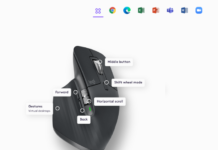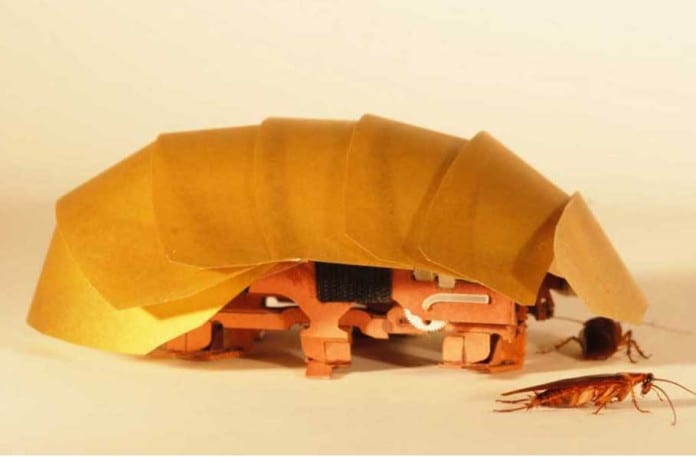CRAM – Creepy Cockroach inspired robots may be the future of disaster help
Inspired by cockroaches that can squeeze through tiny spaces, US researchers have developed a robot that can rapidly squeeze through cracks during a search-and-rescue mission. This small Cockroach inspired robots, called as CRAM, may one day help locate people in the rubble of earthquakes, tornadoes or explosions.
“What’s impressive about these cockroaches is that they can run as fast through a quarter-inch gap as a half-inch gap, by reorienting their legs completely out to the side,” said study leader Kaushik Jayaram, who recently obtained his Ph.D. from UC Berkeley and is now a postdoctoral fellow at Harvard University.
The compressible robot, created with articulated mechanisms was able to squeeze into and run through crevices half its height, the study said.
Cockroaches are about half an inch tall when they run freely, but can squish their bodies to one-tenth of an inch, the researchers said, adding that they can withstand forces 900 times their body weight without suffering injury.
The palm-sized robot model has the adorable name “CRAM,” which stands for “compressible robot with articulated mechanisms.” It is capped with a plastic shield, much like the wings on the back of a cockroach. The palm-sized robot’s flexible shell and legs allow it to continue moving forward at a fast clip, even when in a tightly confined space.
“In the event of an earthquake, first responders need to know if an area of rubble is stable and safe, but the challenge is, most robots can’t get into rubble,” said Robert Full, a professor of integrative biology at UC Berkeley.
“But if there are lots of cracks and vents and conduits, you can imagine just throwing a swarm of these robots in to locate survivors and safe entry points for first responders.”
Researchers say their Cockroach inspired robots are inexpensive to make, and they are working on various versions for real-world testing. The palm-sized robot probably cost less than $100, Jayaram said. He figures if mass-produced, with sensors and other equipment added on, the robots could eventually cost less than $10 per piece.
Funding for the research has come from the US Army Research Laboratory, as part of a collaboration with between industry and university partners.
Kaushik Jayaram, a Harvard robotics researcher, said the most difficult part was the design, but after that, he used off-the-shelf electronics and motors, cardboard, polyester and some knowledge of origami. He could probably put one together in about half an hour, he estimated.
















































